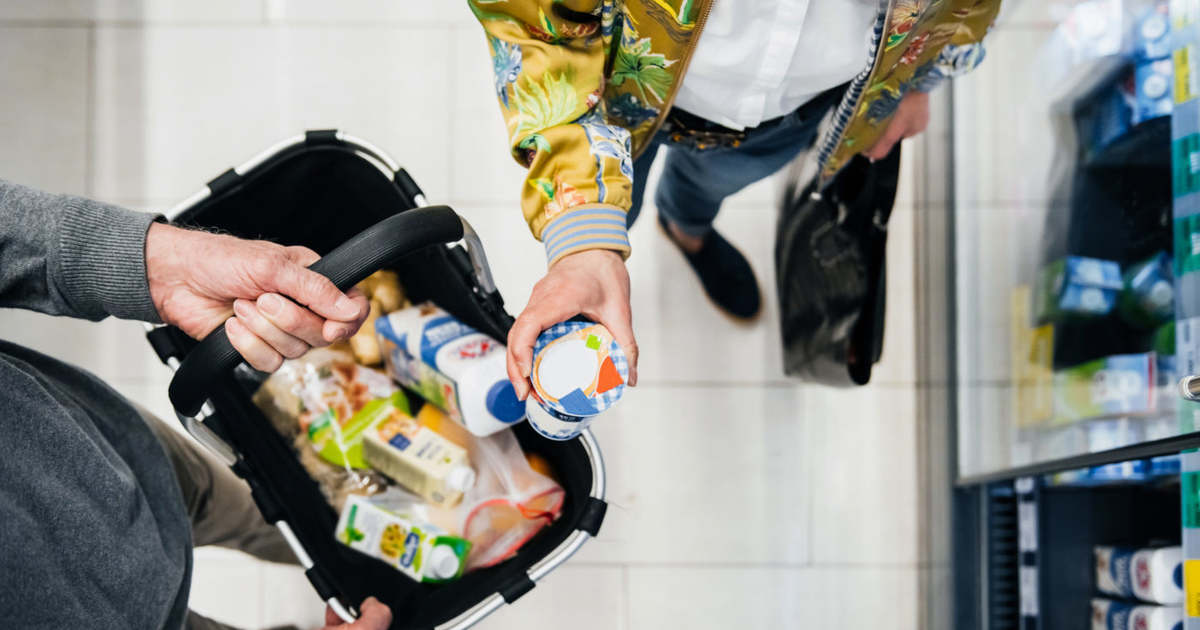In the wake of the pandemic, a recovery in demand is expected to be robust, but there will be significant differences between consumer groups and industries, according to a study by the McKinsey Global Institute.
The epidemiological situation has led to an unprecedented decline in consumption in almost all countries, which has left a deep imprint on consumer behavior as well. But how long will this effect last if the epidemic ends? The McKinsey Global Institute predicts that in the US, the rate of return to previous levels will vary in terms of income and age, while in Europe it is worth preparing for a somewhat balanced but slower improvement.
The study, titled “ The resurgence of consumer demand and the lasting effects of the Coronavirus, ” examines changes in consumer behavior during the epidemic in China, France, Germany, the United Kingdom and the United States. The consumers were divided into nine segments according to age and income status, thus analyzing the rate of return on demand and other characteristics.
The pandemic halted, accelerated, or reversed previous trends that had a lasting impact on consumer behavior:
Like spending more and more money on services, more and more digital devices, and more and more time at home.
One of the findings of the report is that online shopping, virtual doctor visits and hospitals, and home furnishings as a concern are likely to stay with us permanently, while distance learning, air travel, or low attendance at live events is expected to return to the pandemic. . But with some adjustments: for example, digital devices will continue to be used in primary and secondary schools.

Photo: Getty Images
According to the study, the shock caused by the epidemic is completely different from any previous crisis,
For this one can hope for a speedy recovery. Unlike previous recessions, there is no need now for consumer indebtedness, nor any fear of long-term fluctuations in the economy. The dramatic and sudden decline in consumption in the first months of the epidemic is due to the disappearance of face-to-face services, especially in the areas of travel, hospitality, and certain types of entertainment. Affected services have expanded over time, and surveys analyzing consumption show that we will see a solid recovery after the pandemic. Meanwhile, savings have also increased dramatically in the United States and Western Europe (in the United States, the annual savings value doubled in 2020), so many households have a lot of income to spend again. The dynamic growth of Chinese consumption in the post-COVID-19 period may inspire optimism in other countries.
High-income households, which accounted for two-thirds of the decline in consumption – while also making about half of the $ 1.6 trillion savings in the US – will mainly determine how strong and fast the return on demand is. On the one hand, young people and low-income people, who work primarily in the sectors and jobs most affected by the epidemic and whose existence is also threatened by accelerated automation and digitization, are likely to face serious difficulties after the stimulus; They fade away. If the return to demand becomes very uneven, the gap between consumer segments may deepen and inequality may increase in the United States.
Firms that better understand changes in consumer habits will be better able to prepare for a return to demand.
Firms are facing not only that the recovery will not be the same across all sectors, but also that the pandemic has rewritten the conditions for competition: new players, new business models, and innovations have emerged that will have a fundamental impact on specific products and services. As a result, consumer choices will also be affected by how individual firms respond to the new, changing situation.












































